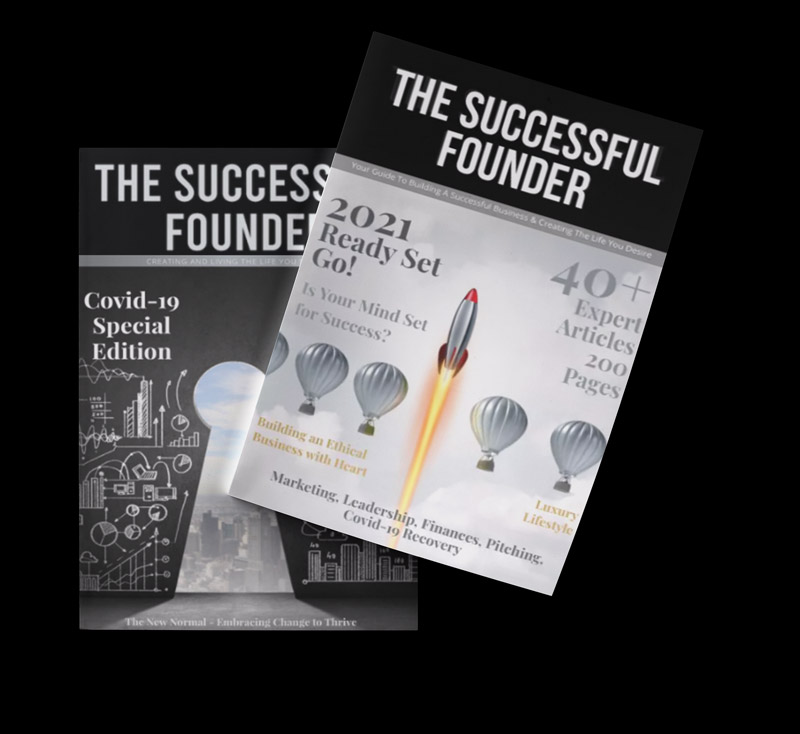Introduction: Reframing Failure as a Growth Opportunity: In entrepreneurship, failure is often seen as something to avoid at all costs. However, many successful founders view setbacks as valuable learning experiences that help them grow, adapt, and ultimately succeed. Failure offers insights that can shape better decision-making, drive innovation, and build resilience. In 2025, embracing a growth mindset and learning from mistakes is essential for any entrepreneur. This article explores the importance of failure, why it’s crucial for entrepreneurial growth, and how to turn setbacks into stepping stones toward long-term success.
Why Failure Is an Essential Part of the Entrepreneurial Journey
Failure is inherent to the entrepreneurial journey, especially when taking risks and innovating in uncertain markets. By stepping outside of their comfort zones, entrepreneurs expose themselves to the possibility of failure—but they also open up opportunities for growth and breakthroughs. Setbacks challenge entrepreneurs to reevaluate their strategies, refine their products, and better understand their market.
The key to benefiting from failure is seeing it not as an endpoint but as a learning opportunity. Instead of fearing failure, entrepreneurs who embrace it are more likely to take calculated risks, experiment, and push their ideas forward. This mindset shift transforms failure from a source of discouragement into a pathway to improvement.
Developing Resilience Through Adversity
Resilience—the ability to adapt and bounce back from setbacks—is a critical trait for entrepreneurs. Every failure tests resilience, teaching entrepreneurs how to manage stress, remain focused on their goals, and maintain confidence. Setbacks provide an opportunity to build mental and emotional strength, skills that are invaluable for navigating the highs and lows of business.
Cultivating resilience involves developing a mindset that sees challenges as temporary and surmountable. Successful entrepreneurs learn to detach from the outcome of individual projects, viewing setbacks as part of a broader journey. This perspective helps them stay motivated and persistent, even when the path forward isn’t clear.
Analyzing Failures to Extract Key Lessons
Each setback holds valuable lessons that can guide future decisions and improve business strategies. After experiencing a failure, take the time to reflect and analyze what went wrong. Identify the root causes, whether they were due to market misjudgments, operational inefficiencies, or flawed assumptions. By understanding these factors, you can make adjustments that reduce the likelihood of similar mistakes in the future.
For example, if a product launch doesn’t go as planned, gather feedback from customers to identify where expectations weren’t met. This feedback-driven approach allows entrepreneurs to make data-informed decisions, refine their offerings, and align closer with customer needs. Analyzing failures objectively transforms them into tools for growth.
Embracing a Growth Mindset
A growth mindset—the belief that abilities and intelligence can be developed through effort and learning—is crucial for turning failures into success. Entrepreneurs with a growth mindset view challenges as opportunities to expand their knowledge and skills. Instead of seeing failure as a reflection of their abilities, they see it as a chance to improve.
Adopting a growth mindset fosters adaptability and creativity, empowering entrepreneurs to experiment with new ideas and pivot when necessary. This mindset not only helps entrepreneurs navigate setbacks but also encourages continuous personal and professional development. By embracing a growth-oriented approach, founders create a culture of innovation and resilience within their businesses.
Innovating and Pivoting After Setbacks
Failure can be a catalyst for innovation, as it often forces entrepreneurs to rethink their approaches and find new solutions. Some of the world’s most successful businesses, from Slack to Airbnb, started as ideas that didn’t initially work. Through experimentation and adaptation, these companies pivoted to find more viable business models.
When a strategy or product doesn’t meet expectations, consider whether there are new ways to address the problem. Talk to customers, analyze industry trends, and evaluate alternative approaches. The willingness to pivot demonstrates flexibility and a commitment to meeting market needs, which are essential for long-term growth.
Normalizing Failure Within Company Culture
In startups and small businesses, creating a culture that normalizes failure encourages creativity and innovation. When team members feel safe to take risks, they are more likely to suggest bold ideas and explore unconventional solutions. Encourage open discussions about mistakes and lessons learned, and reward employees for taking calculated risks.
A supportive culture around failure not only boosts morale but also strengthens team cohesion and problem-solving capabilities. By framing setbacks as shared learning experiences, leaders can create an environment where everyone is empowered to contribute to the company’s growth.
Practicing Self-Compassion
Failure can be emotionally challenging, often leading to feelings of self-doubt and frustration. Practicing self-compassion—acknowledging your efforts and treating yourself kindly during tough times—helps mitigate these negative emotions. Self-compassion enables entrepreneurs to recover more quickly from setbacks, avoid burnout, and stay motivated.
Remember that entrepreneurship is a journey filled with both successes and setbacks. Recognize the courage it takes to try new things, and don’t let one failure define your self-worth. By maintaining a balanced perspective and showing kindness to yourself, you can approach challenges with a clear mind and renewed energy.
Conclusion: Harnessing the Power of Failure for Success
Failure is not an obstacle but a stepping stone on the path to entrepreneurial success. Embracing failure with a growth mindset, analyzing setbacks, and fostering resilience enables entrepreneurs to learn, innovate, and thrive. By reframing failure as a valuable learning experience, you build a foundation for long-term growth, adaptability, and lasting impact in your industry. In entrepreneurship, the ability to turn setbacks into opportunities is what truly sets successful founders apart.
Useful Links
- Developing a Growth Mindset – https://www.mindsetworks.com/science/
- Resilience Building for Entrepreneurs – https://www.apa.org/topics/resilience
- Guide to Analyzing Business Failures – https://www.hbr.org/
- Pivoting Strategies for Startups – https://www.entrepreneur.com/article/242331
- Self-Compassion Resources – https://self-compassion.org/
TSF Reporters
The Successful Founder Magazine is the go to feature-rich magazine for founders on all stages of their entrepreneurship journey .
- TSF Reporters#molongui-disabled-link
- TSF Reporters#molongui-disabled-link
- TSF Reporters#molongui-disabled-link
- TSF Reporters#molongui-disabled-link



